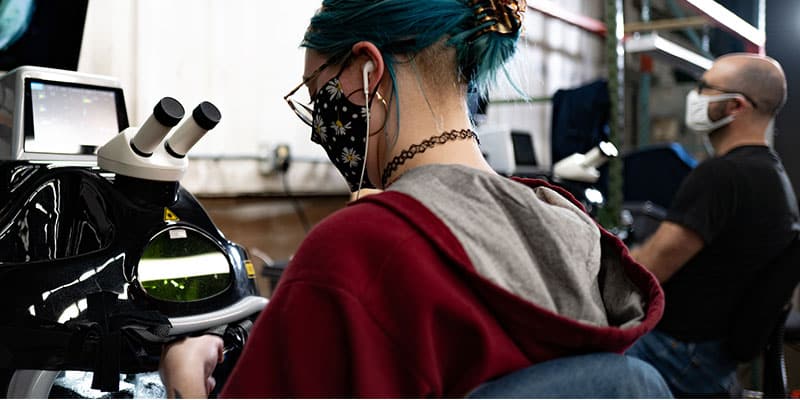As outlined by Instrumentation Tools in their article “Types of Thermocouples,” thermocouples are crucial components used across various industries to measure temperature in different environments. Among the different types, Type B, E, and J thermocouples each have distinct properties and are suitable for specific applications.
Type B thermocouples, composed of platinum-30% rhodium and platinum-6% rhodium, are ideal for high-temperature environments ranging from 870°C to 1700°C (1000°F to 3100°F). They perform best in oxidizing or inert atmospheres but should be avoided in reducing atmospheres. For protection, ceramic protection tubes made of alumina are recommended to prevent contamination, especially in high-temperature settings.
Type E thermocouples, made from nickel-10% chromium and nickel-45% copper, operate effectively in a temperature range of -200°C to 900°C (330°F to 1600°F). Their high EMF output per degree makes them particularly useful in subzero applications, where they also offer high corrosion resistance in moist environments.
Type J thermocouples, consisting of an iron wire and a nickel-45% copper wire, are suitable for a range of atmospheres including oxidizing, reducing, vacuum, and inert, with a service temperature between 0°C and 760°C (32°F to 1400°F). However, they should not be used in sulfurous environments above 540°C (1000°F) due to the risk of rapid oxidation.
Click here to learn more about Blaze Technical capabilities or products.
Article with all rights reserved, courtesy of InstrumentationTools.com





